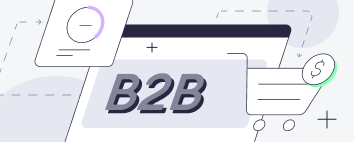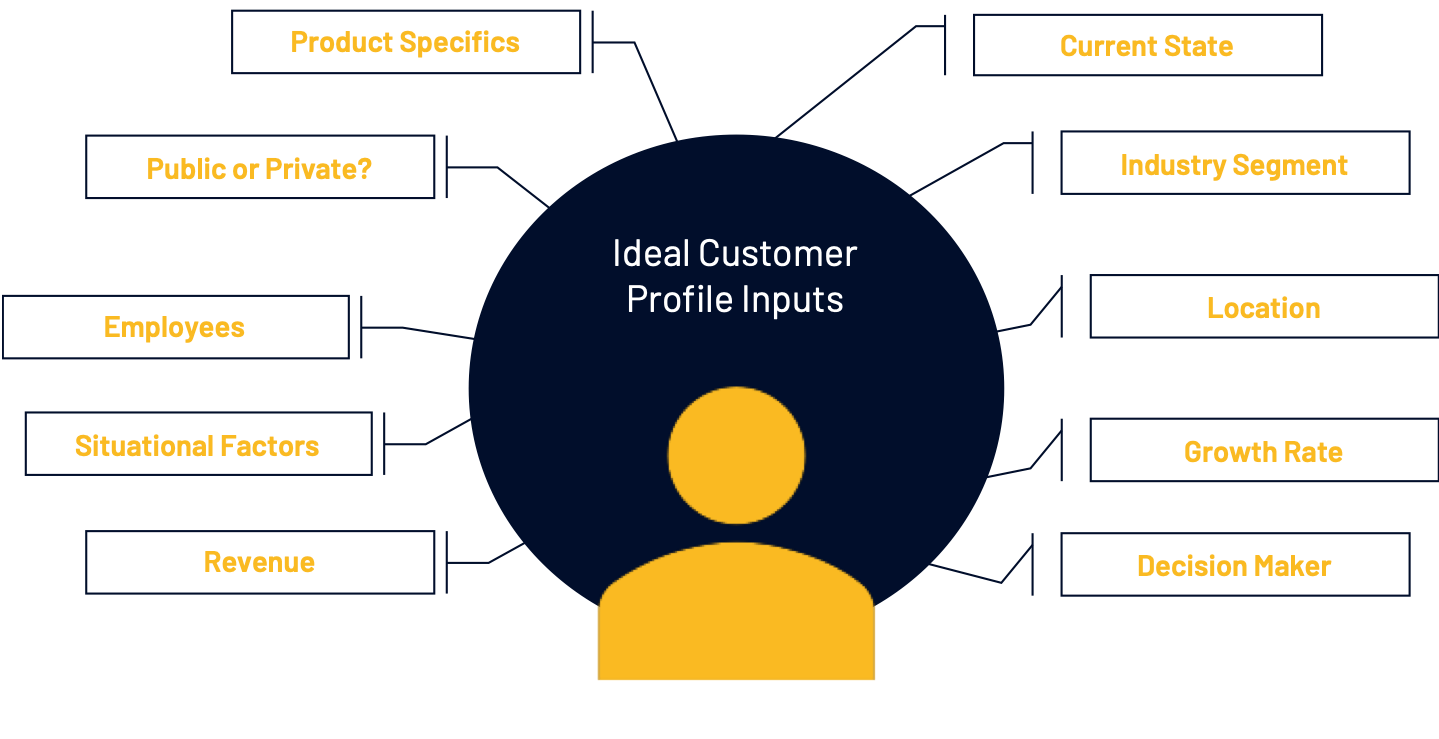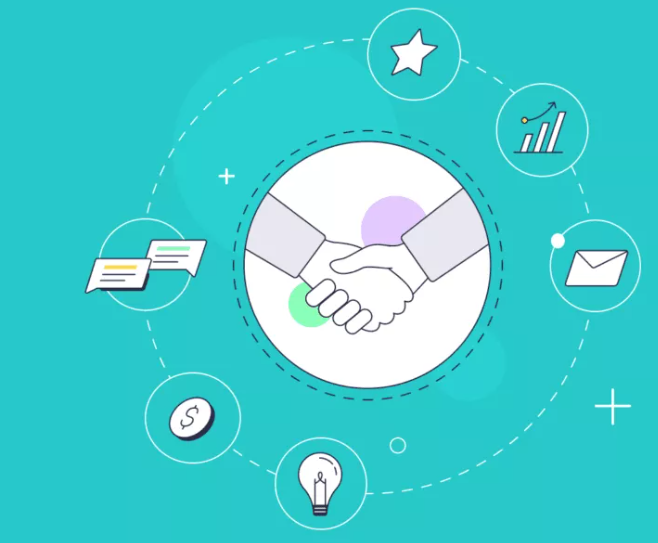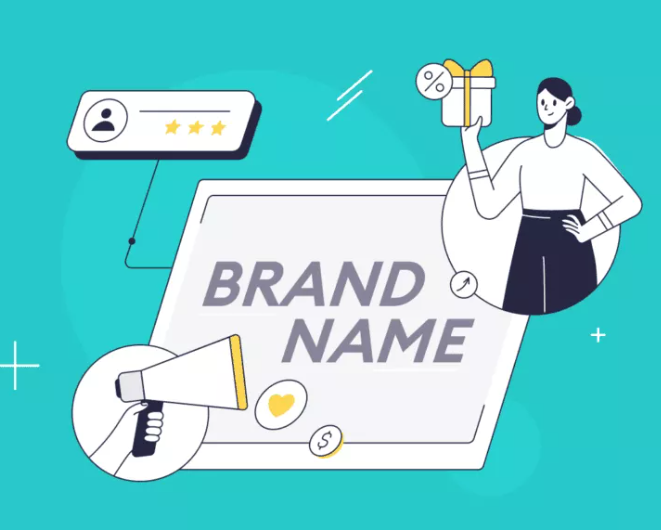The world of B2B eCommerce business is much as it sounds to say this sentence aloud: a busy mouthful. Between juggling mounting piles of inventory and maintaining customer relationships, it’s not easy. Add marketing to the mix and the word ‘startup’, and it becomes a whole lot more difficult.
Navigating the world of B2B marketing is already tricky, but navigating the world of B2B eCommerce is even more complex. You’re not selling to customers as a standard B2C business would; you’re retailing merchandise directly to another company, and the competition is stiff. Multinational giant Amazon has already started heading into B2B eCommerce territory, so you’re going to need to stand out.
Startups are up against it in this arena. Aside from competing with giants like Amazon and eBay, you’re going to have to fight against all the smaller niche B2b eCommerce businesses as well. One way to set yourself apart from the crowd is with solid B2B eCommerce marketing strategies.
Read on for a deep dive into all things B2B and eCommerce, and learn how to set up a marketing strategy that hits all the sweet spots.
What is B2B marketing?
Simply put, B2B (business-to-business) is a transaction that takes place between two companies, with one selling services or products to the other. A few prominent examples include IBM, Google, and Apple (though they can also double as B2C businesses at times too).
B2B customers are simply businesses that buy a product or service from another business for use in their organization. This could be in the form of automation software, SEO tools, or photo editing systems.
B2B marketing is all about creating content and gearing your marketing strategy toward a specific type of business, aka your target audience. While networking is essential to building relationships and pulling in new customers, it should be used as part of a much wider marketing plan.
B2C vs B2B marketing
As we briefly mentioned, B2C is a transaction that takes place between a business and a consumer. Some notable examples of B2C businesses include Hollister, McDonald’s, and Jeep.
Unlike B2B marketing, B2C marketing is focused on creating content and building a marketing strategy geared toward the consumer rather than another company.
B2B marketing vs B2B eCommerce marketing
B2B buyers and B2B eCommerce buyers are pretty much one and the same, but there’s a slight difference between these two types of companies too, which affects how you’ll need to market your goods and/or services.
While both types of B2B companies can be wholesale or retail, B2B eCommerce companies only sell online. They will not have a shopfront or retail premises where customers can come to view or trial their products, so their marketing will need to be purely digital in nature.
Despite the slight difference in business processes, however, B2B marketing and B2B eCommerce marketing follow a very similar pattern, and you can often use the same marketing strategy and materials for both.
Why is B2B marketing important for eCommerce startups?
























